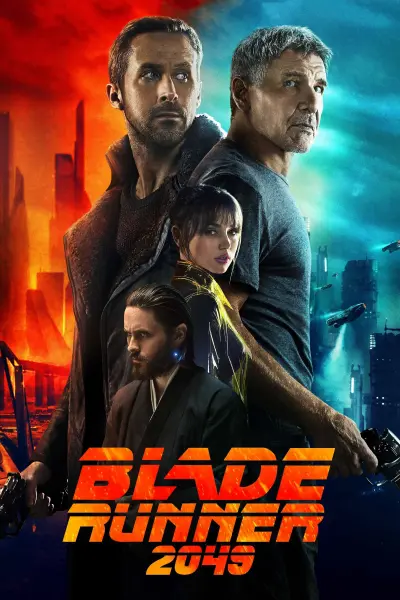
"Blade Runner 2049," directed by Denis Villeneuve, is a visually stunning and philosophically rich sequel to Ridley Scott's 1982 cult classic, "Blade Runner." Set thirty years after the original, the film introduces K (Ryan Gosling), a new blade runner and a Nexus-9 replicant, employed by the Los Angeles Police Department to "retire" rogue replicants. The film's narrative unfolds in a dystopian future where bioengineered humans, known as replicants, are used as slaves.
The plot is ignited when K discovers the remains of a female replicant who died during childbirth, a startling revelation that replicants can reproduce biologically, previously believed to be impossible. This discovery leads K on a complex investigation involving multiple entities with conflicting interests. The Wallace Corporation, the leading manufacturer of replicants, becomes particularly interested in this phenomenon. Niander Wallace, the corporation's CEO, believes that unlocking the secret to replicant reproduction can aid in colonizing other planets. Concurrently, K begins to question his own existence, pondering if he might have been born naturally rather than created, as suggested by his AI girlfriend, Joi.
K's journey takes him through a series of revelations and encounters, including a meeting with former blade runner Rick Deckard (Harrison Ford), who has been in hiding. Deckard reveals that he is the father of the child born to the replicant Rachael, and he has been protecting the child's identity. The story builds tension as K, labeled a rogue replicant, becomes a target for the authorities and the Wallace Corporation's enforcer, Luv. His search leads him to the ruins of Las Vegas, where he locates Deckard.
The film's climax sees a confrontation between K, Luv, and Deckard. In a dramatic turn of events, K rescues Deckard from being taken off-world and fakes his death to protect him from further pursuit. The movie concludes with K, severely injured, reuniting Deckard with his daughter, Dr. Ana Stelline, a replicant memory designer who turns out to be the child in question. The revelation that the memory of the wooden horse, which K believed to be his, was actually Ana's, propels the film's profound exploration of memory, identity, and the nature of humanity.
"Blade Runner 2049" is celebrated for its cinematic mastery, winning Academy Awards for Best Cinematography and Best Visual Effects. The film's visual storytelling, combined with its complex narrative, poses existential questions about what it means to be human. The themes of memory, identity, and the quest for purpose are woven intricately throughout the plot, presenting a rich tapestry of philosophical inquiry set against a backdrop of stunning visual landscapes. The film, though a box office disappointment, garnered critical acclaim and has been lauded for its faithfulness to the original film’s thematic depth and visual style.
In summary, "Blade Runner 2049" extends the legacy of its predecessor by delving deeper into the ethical and existential dilemmas posed by artificial intelligence and human identity. Its narrative complexity and visual grandeur make it a noteworthy sequel, enriching the Blade Runner universe and offering a profound commentary on the nature of existence and the search for meaning in a dystopian future.

